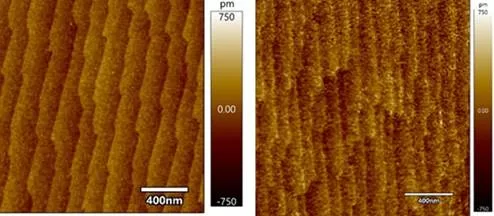Scientists have developed a synthetic material design that can control the temperature at which a material can overcome the electronic 'traffic jam' transition from electrical insulator to conductor, laying the groundwork for an electronic switch that More efficient than a transistor.
Generally, the most commonly found materials are either electrical conductors (such as copper or aluminum) or electrical insulators (such as plastic and paper). Correlated electron materials are a class of materials that undergo electronic transitions from an insulator to a metal. However, these changes operate as a function of temperature making them less useful in devices such as electronic switches that typically operate at a constant temperature (usually room temperature). Furthermore, these changes occur at temperatures that may not be relevant for operation at room temperature.
IISc scientists, in collaboration with scientists from Japan, Denmark and the United States, have proposed a synthetic material design that enables them to control the temperature at which the transition occurs. Teams of scientists, including Professor Naga Phani and his colleagues in the Solid State and Structural Chemistry Unit at IISc Bangalore, proposed and demonstrated a three-layer structure, consisting of an 'active' channel layer that undergoes a metal-to-insulator transition . , a charge reservoir layer that can 'drip' electrons into the active layer and control the temperature at which the transition occurs, a charge-regulating spacer layer between the active layer and the reservoir layer that allows the flow (or 'drip ') controls electrons from the reservoir layer to the active
Preparing nanometer thick atomically smooth layers of these materials is critical to the success of this work. Such thin layers are prepared by a technique called pulsed laser deposition which allows atomic layer control over the preparation of these layers – in effect it is similar to spray-painting with atoms. The researchers used an atomic force microscope (AFM), funded by the DST-FIST program, to determine the quality of their layers. The authors conducted extensive AFM studies to arrive at the right conditions (e.g. temperature, pressure, growth rate) to grow this synthetic stack of materials.
Source





